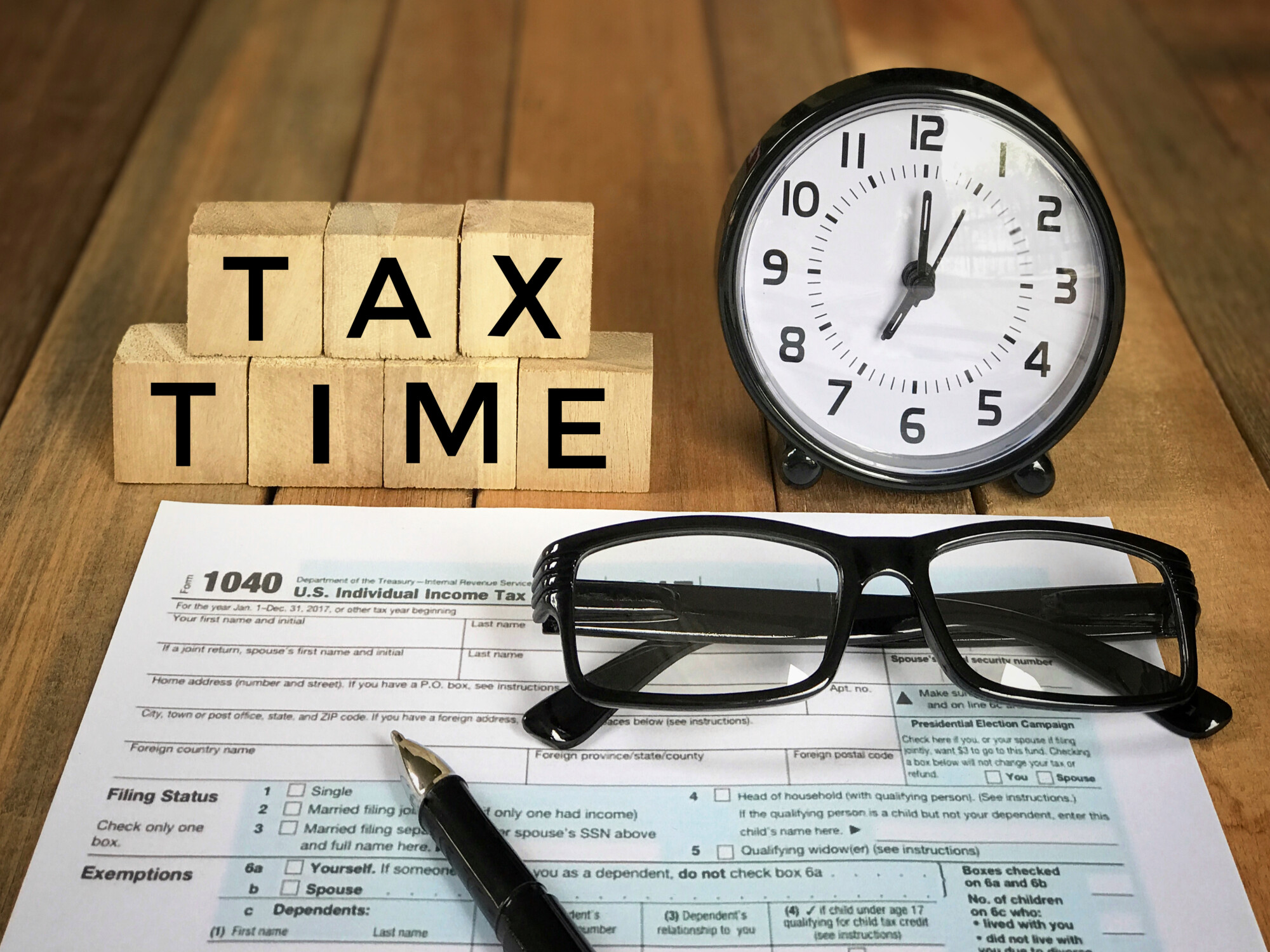IRS backlog means more refund and processing delays
 Amid warnings from both the IRS and National Taxpayer Advocate Erin M. Collins about staffing shortages and added workload created by federal COVID-19 relief programs, taxpayers should expect continued delays when it comes to getting refunds.
Amid warnings from both the IRS and National Taxpayer Advocate Erin M. Collins about staffing shortages and added workload created by federal COVID-19 relief programs, taxpayers should expect continued delays when it comes to getting refunds.
Further fueling the prediction, the IRS is still dealing with backlogs from last year. As of December 2021, the IRS had 6 million unprocessed individual tax returns and 2.3 million unprocessed amended individual tax returns. It also had backlogs of 2 million unprocessed employee quarterly tax returns and roughly 5 million pieces of taxpayer mail.
Among the ongoing issues:
- Delays caused by the need to check additional Recovery Rebate Credit (RRC) payments and advance Child Tax Credits (CTC). The IRS has tried to minimize the problems by sending notices to recipients detailing how much they received.
- Questions about COVID-19 relief programs have caused a spike in calls to IRS customer service representatives, and only about 11 percent of the calls were answered. Wait times for those who did get through averaged 23 minutes.
- The “Where’s My Refund?” tool does not provide information on unprocessed returns or explain the reason for delays or where a return stands in the process.
- Math errors, reported income not matching 1099s, and taxpayer identity issues topped the reasons for refund delays. When discrepancies occur, or taxpayers submit responses to the IRS, it requires a manual review – causing a processing bottleneck.
How to increase your odds of avoiding the logjam
- Gather your documents: Taxpayers should compile all necessary paperwork prior to filing your 2021 taxes or meeting with your tax preparer. These documents include all W-2 and 1099 forms as well as any letters you received regarding Economic Impact Payments or CTC payments.
- Don’t wait. Plan to file early: The IRS began accepting 2021 individual tax returns on January 24 and the filing deadline to submit or file an extension to file and pay tax owed is Monday, April 18, 2022, for most taxpayers. After two extended tax filing seasons, we do not expect the April deadline to be postponed.
- File electronically and use direct deposit for your refund: Paper returns and printed checks take longer to process.
- Boyer & Ritter clients can also save time using our secure, electronic tax return delivery system called SafeSend Returns. SafeSend Returns allows you to electronically sign your e-file authorization form(s), but it won't submit the return to the IRS. Once signed, Boyer & Ritter is automatically notified, and we will then complete the filing process for you, including submission to the IRS.
- Take extra care in reporting Economic Impact Payments or Child Tax Credits: The IRS has sent taxpayers letters about the stimulus and child credits received. Taxpayers can also check their payments by setting up an IRS online account.
- Try using IRS online tools before calling: Use IRS.gov to get answers to tax questions, check a refund status or pay taxes. During a normal tax season, the IRS receives two to three million calls each day. In 2021, there was a 600% increase in calls. This year’s reduced staff, increased call volumes, and multi-million backlog of unprocessed returns will undoubtedly create additional delays.
- Consider a six-month filing extension: Taxpayers who cannot file by this year’s April 18 deadline can apply for an automatic extension by filing Form 4868, Application for Automatic Extension of Time to File U.S. Individual Income Tax Return. Filing an Extension of Time to file does not extend the time to pay the tax.
Bottom line
The main takeaway is to expect continued refund delays. The biggest thing individual taxpayers can do to avoid problems is ensure they provide complete information with supporting documentation to their tax preparer.
Contact your Boyer & Ritter tax preparer today. As always, the Boyer & Ritter team is ready to answer your questions and make your tax filing as smooth as possible.



